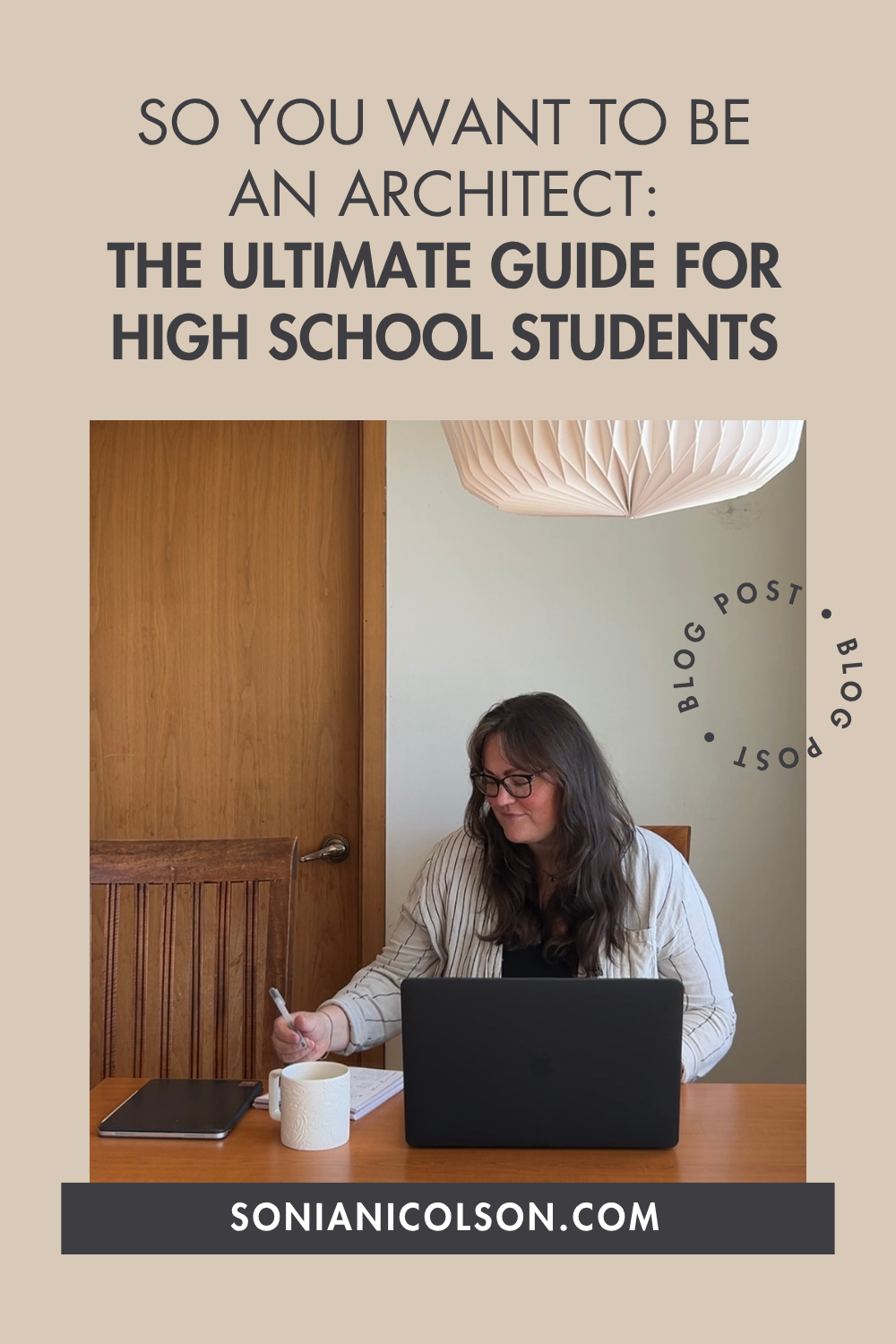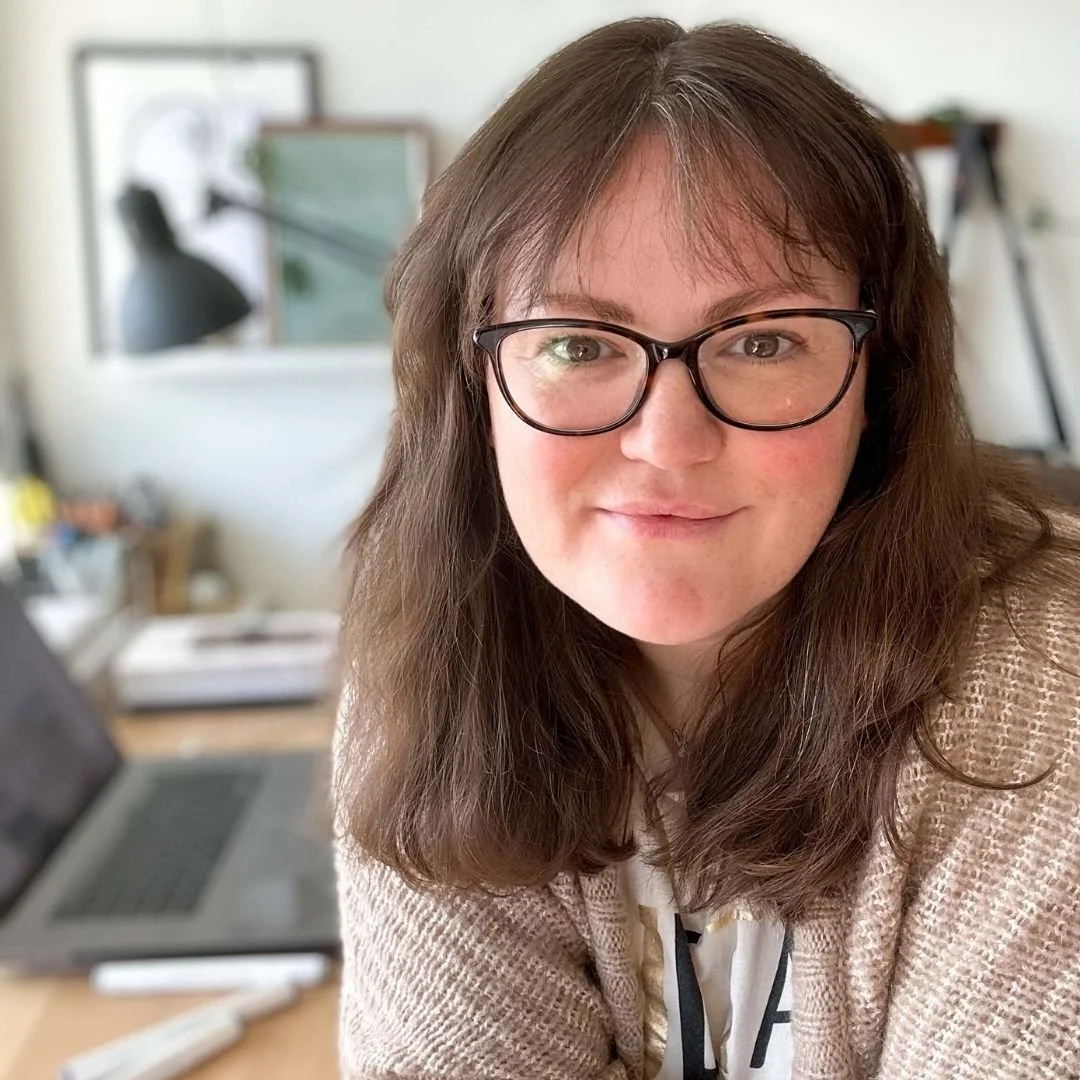Portfolio Preparation Guide: How to Get Ready for Your Art or Design University Interview
/Congratulations, if you’ve been invited for an interview at a University or Art College, you’re already halfway there.
Feeling nervous is completely normal, but preparation is your secret weapon. As a former University Senior Lecturer and interviewer for hundreds of art and design applicants across the UK and internationally, I want to help you feel confident, ready, and proud of your work.
This Portfolio Preparation Guide walks you through exactly what to include, how to present it, and how to shine in your interview, so you can secure your spot on your dream course.
Why Your Portfolio Matters
Your portfolio is the heart of your application. It shows who you are as a creative, what inspires you, and how you think and make decisions through design.
It’s not just about how “good” your work is - it’s about showing:
Your creative process and experimentation
Your ability to develop ideas
Your enthusiasm for your subject
Your potential to grow
Whether you’re applying for Architecture, Interior Design, Fine Art, Fashion, or Graphic Design, your portfolio should reflect your strengths, skills, and interests.
Before the Interview: Do Your Research
Know your course and university
Read through the course description, visit their website, and note down facilities, teaching styles, and staff names. This will help you tailor your conversation and show genuine interest.
Visit Open Days
University open days are the best way to get a feel for the place. Walk around, meet students, and ask questions about the course, facilities, and student life.
Plan your journey
Arrive early and calm. If you’re travelling far, consider staying overnight. A rushed morning can add unnecessary stress.
Lay everything out the night before
Prepare your outfit, pack your sketchbook and portfolio, charge your phone, and get your travel details sorted so you can focus on being present.
Dress smart, but be yourself
Looking polished helps boost confidence, but authenticity matters more. The goal is to feel comfortable and professional.
Building the Perfect Art & Design Portfolio
Here are my five top tips to help you build a strong, memorable portfolio that stands out in your interview.
1. Show off your best work
Select around 15–20 of your best pieces, though you’ll likely only show 10–15 during the interview. Show a variety of techniques, subjects, and media that demonstrate creativity, experimentation, and personal style.
Include:
Drawings and sketches (observational, still life, conceptual)
Sketchbook pages (showing development and process)
Paintings (watercolour, acrylic, mixed media)
Digital work (graphic layouts, renderings, photography)
3D work (models or sculptures - use well-lit photos to show scale)
Independent or personal projects showing your initiative and interests
Ask yourself:
What story does this portfolio tell about me as a designer or artist?
Which pieces best reflect my strengths and passion?
Am I proud to talk about every piece in here?
2. Keep text short and meaningful
If you include written descriptions, keep them brief:
Title
Medium used
1–2 sentence explanation (the idea, theme, or story behind it)
Admissions staff want to see visuals first. Let your work do the talking.
3. Create a sense of direction
Tailor your portfolio to the course you’re applying for:
Architecture / Interior Architecture
Sketches of buildings, models, perspective drawings, material studies, and spatial concepts.
Fashion
Figure drawing, fabric samples, fashion illustrations, and finished garments.
Graphic Design
Branding, logos, typography, posters, and photography.
Fine Art
Paintings, mixed media, sculpture, installations, and experimental work.
Show your passion for the subject, not just technical skill. The interviewer wants to see where your interests lie.
4. Choose the right format
Depending on your interview, your portfolio might be:
Physical: A3 size is ideal - easy to carry and present.
Digital: Combine your work into a clean, easy-to-navigate PDF (10–20 pages), or use platforms like Behance or Squarespace for an online version.
If submitting digitally, name files clearly and check any upload instructions. Tools like WeTransfer are great for large files.
5. Practise presenting your portfolio
In your interview, you’ll be asked to talk through your work. Practise explaining:
What each piece is and why you created it
What inspired or influenced it
What medium you used, and why
Whether it was a school project or independent work
Speak clearly, slowly, and confidently. Show your enthusiasm, it’s contagious.
During the Interview: How to Make an Impression
Arrive early
5–10 minutes early shows professionalism and organisation.
Be yourself
Interviewers want to see your personality. They’re not expecting perfection — they’re looking for curiosity and potential.
Expect these common questions
Why did you choose this course and university?
What designers or artists inspire you?
What project are you most proud of and why?
What materials or techniques do you enjoy working with?
Have a few answers prepared, but keep them natural and conversational.
Ask questions too
Prepare 2–3 thoughtful questions about the course, facilities, or teaching approach. It shows you’ve done your research and are serious about your choice.
Network and explore
Chat with other applicants, they might become your future classmates. Take a tour of the studios and facilities if possible, and note how you feel on campus.
After the Interview
Reflect and Review
Take time to reflect once it’s over. How did it feel? Did you connect with the staff or environment? Trust your gut, you’ll often sense whether it’s the right place for you. Make notes while it’s fresh, and compare your experiences before accepting an offer.
Where to Go Next
Free Resources to Get You Started
Write Like an Architect Workbook - learn architectural lettering
Perspective Practice Sheets - master 1- and 2-point perspective
Mood Board Canva Template - create design presentations with confidence
Ready to Build Your Portfolio? Explore the Portfolio Preparation Course or book a Portfolio Confidence Review™ for personalised feedback.
Stay Inspired | Join my newsletter for sketch prompts, creative tips, and architecture school advice straight to your inbox.
Final Words of Advice
Yes, interviews can be nerve-racking. Yes, you might stumble on a question. But remember, they invited you because they already see potential in you.
So breathe, smile, and show them who you are.
Be proud of your work and the journey that brought you here. You’ve got this.



























